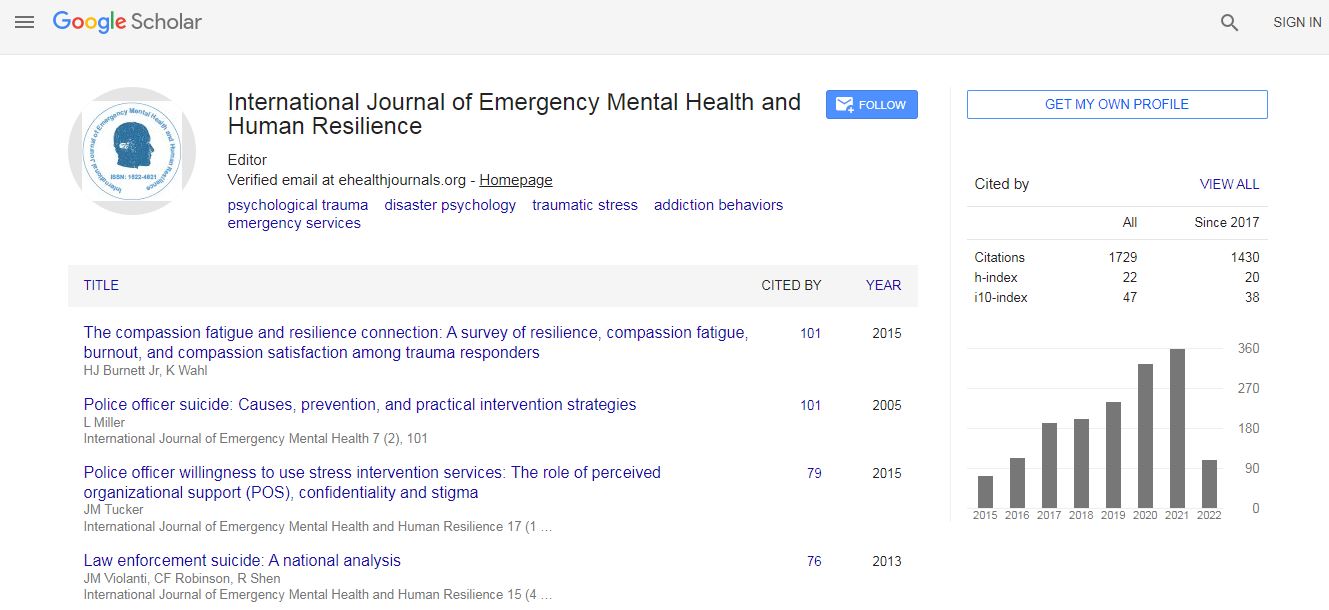Letter to Editor
Psychological and Behavioral Disorders in Dementia
Sales A*, Mayordomo T, Redondo R, Torres M, Bendicho JDepartment of Developmental and Educational Psychology, University of Valencia, Spain
- *Corresponding Author:
- Sales A
Department of Developmental and Educational Psychology
University of Valencia, Spain
E-mail: alicia.sales@uv.es
Abstract
The psychological and behavioral symptoms of dementia (BPSD) are the most worrisome symptoms because they significantly affect the patient and his/her family or main caregivers. However, they are classically the symptoms that have received less attention. Specifically, BPSD include a variety of manifestations, such as physical aggressiveness, shouting, restlessness, agitation, erratic wandering, hyperactivity, culturally inappropriate behaviors, sexual disinhibition, abuse, inappropriate language, following another person around, etc. (Finkel, 1998). In fact, this symptomatology has a high degree of frequency and is present in at least 50 to 90% of patients (Steele, Rovner, Chase & Folstein, 1996; Mega, Cummings, Fiorello & Gornbein, 1996). Nevertheless, there is great variability in the percentages published, which shows the difficulty of estimating their prevalence.

 Spanish
Spanish  Chinese
Chinese  Russian
Russian  German
German  French
French  Japanese
Japanese  Portuguese
Portuguese  Hindi
Hindi 